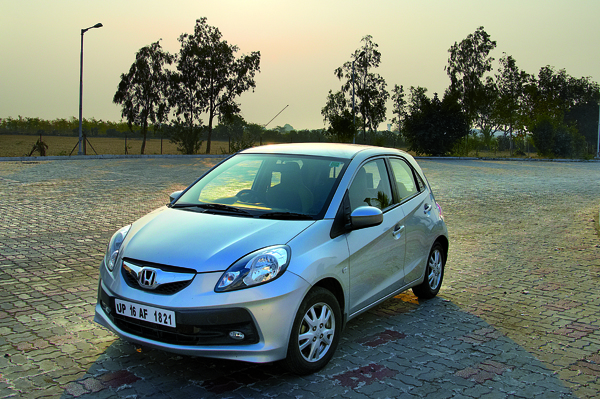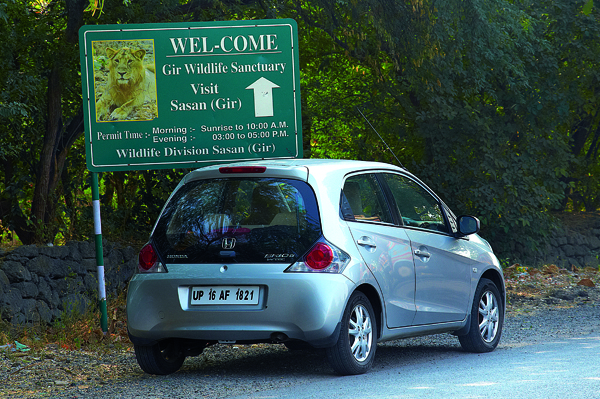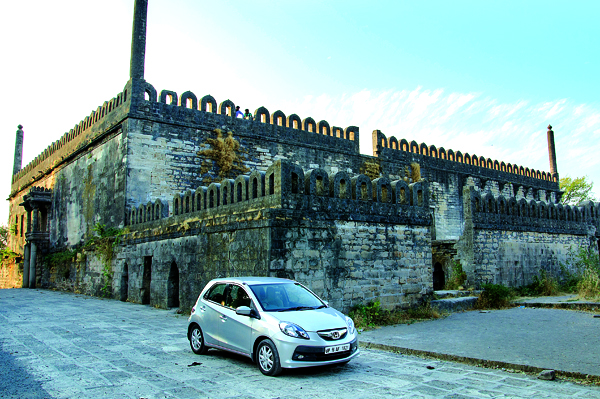If you have always wanted a real encounter with the king of the jungle, we recommend you head to the ancient forests of Gir – the only natural domain of the Asiatic lion. For ages, the magnificent inhabitants of the Gir forests have symbolised India’s pride and today, the area is home to more than 400 Asiatic lions. The Gir forests are spread across two districts – Junagadh and Amreli – and are divided into two territorial divisions, east and west. The entry point to the national park, the wildlife division of Gir with its headquarters in Sasan, is around 350km from Ahmedabad.

We started our drive from Iscon Circle, Ahmedabad, early in the morning and headed down S G Road towards Sarkej. It’s a pretty straightforward route via NH8 (A and D), passing Limbdi, Rajkot, Gondal, Jetpur and Junagad cities. Well paved national and state highways will help you cover this distance in less than seven hours as you go through NH47, NH27, SH123, NH151 and SH26. But don’t let these names baffle you. Some of these are alternate labels for the main NH8 (A and D), and coming across these milestones is only an assurance that you are on the right track. This route also has fuel pumps, rest rooms, food joints and ATMs in abundance. You will come across countless unmarked intersections before you reach Rajkot, but there’s no need for any local assistance. Follow the road map on page 134 and it will take you to the home of the Asiatic lion without hassle. The closest city to Sasan-Gir is Junagadh, which is 70km away. From Junagadh, it’s a pleasant drive through Mendarda on SH26, with plenty of scenic and winding stretches. As you near Sasan, keep your eyes open for wild animals crossing the road. A Bharat Petroleum fuel station on your left indicates that Sasan-Gir is just 2.5km ahead.



